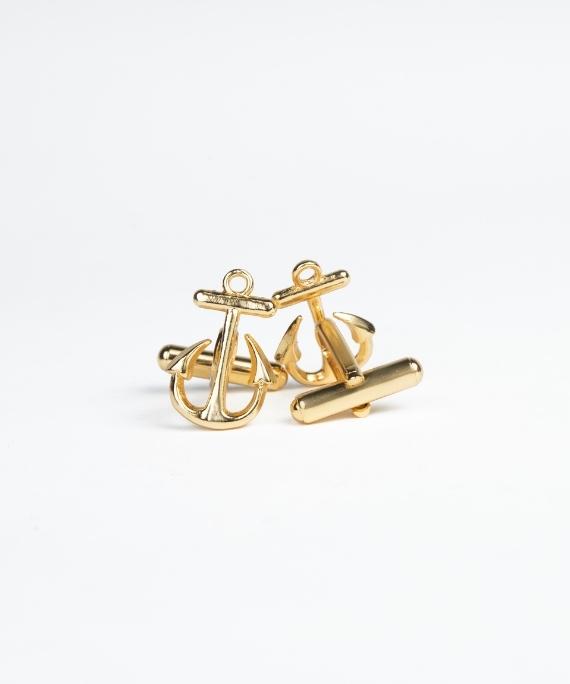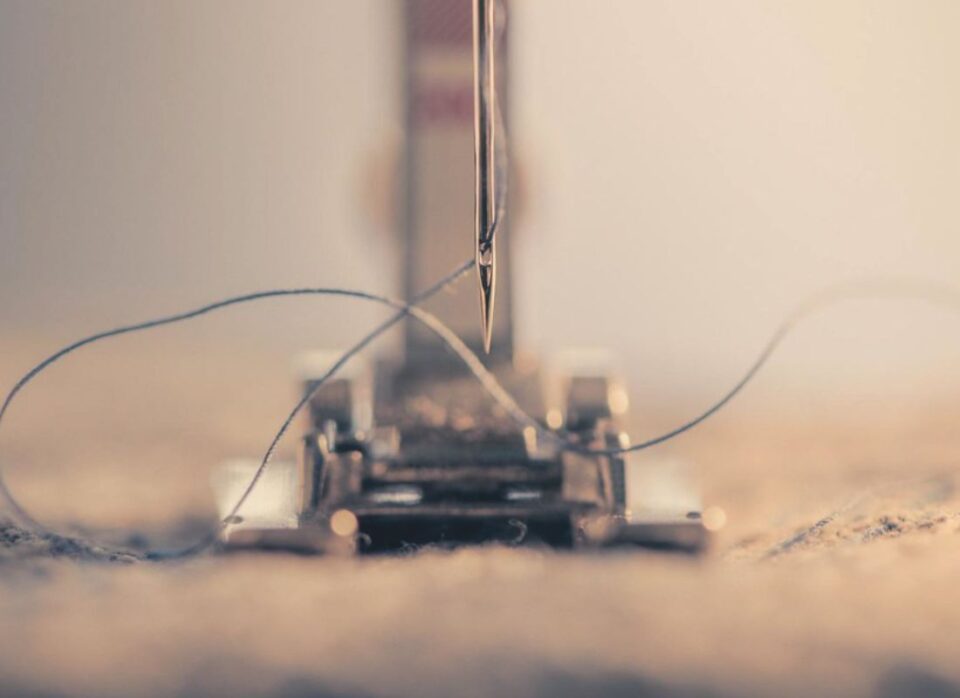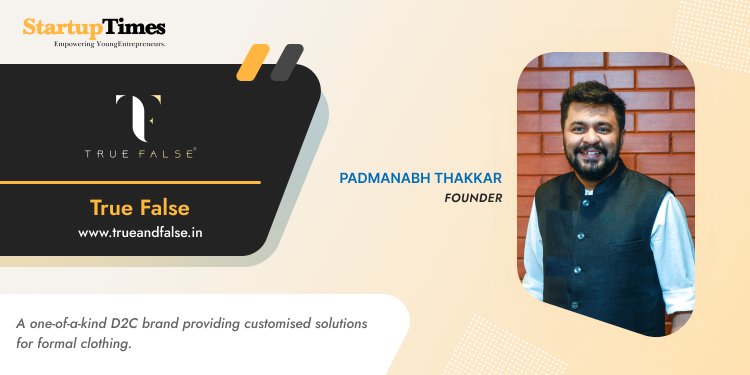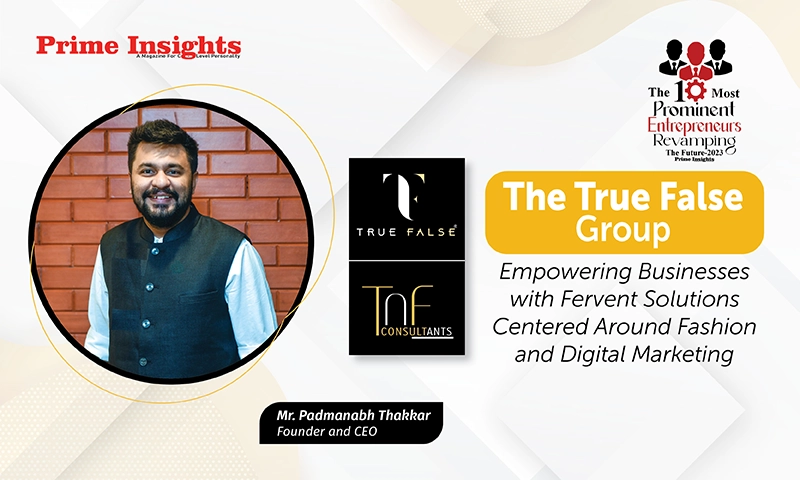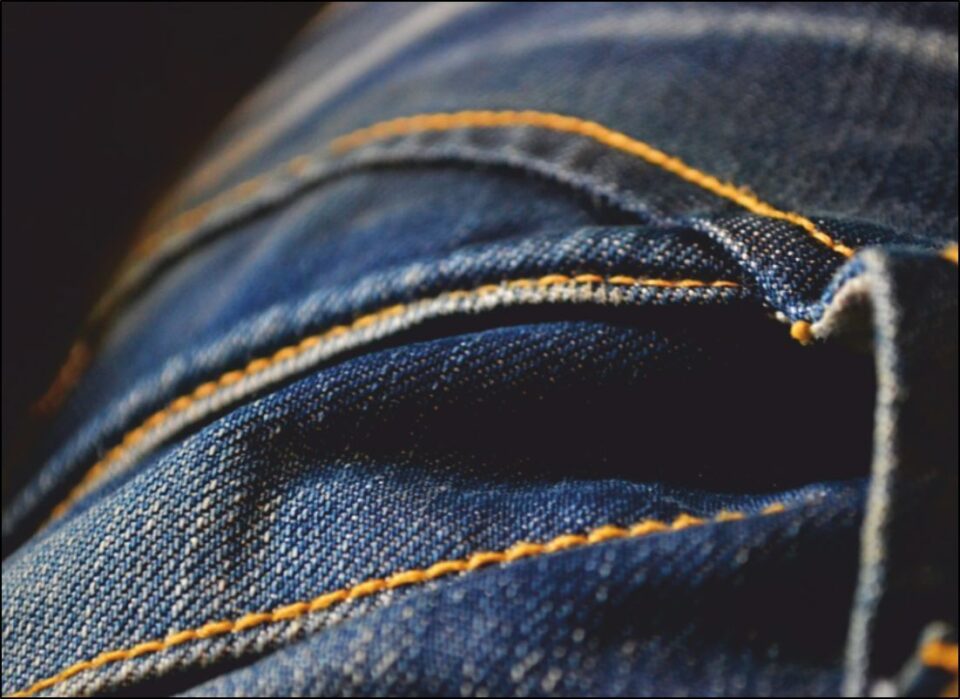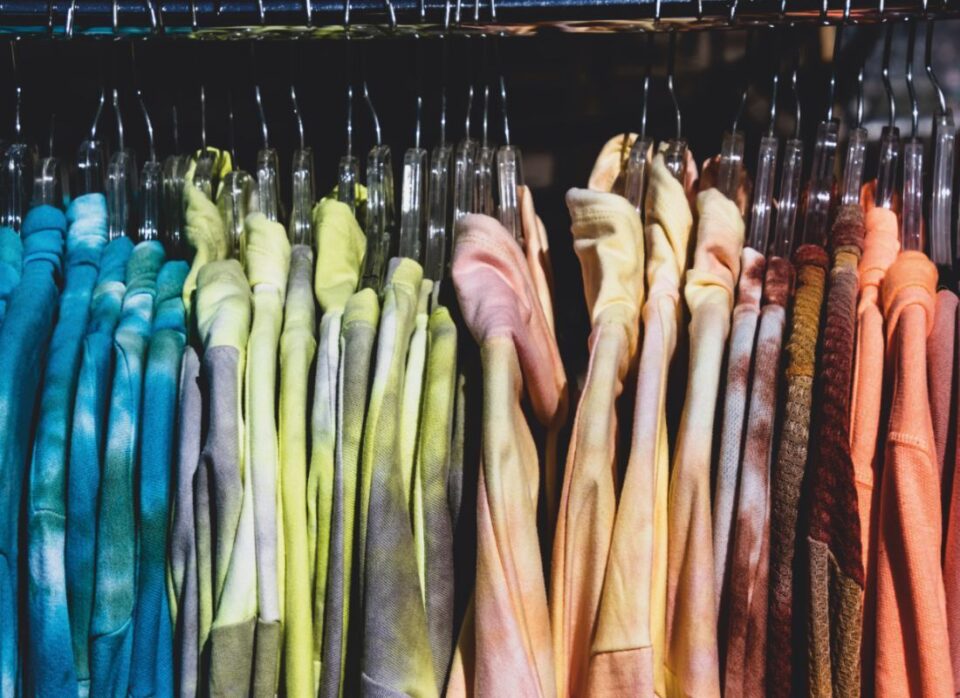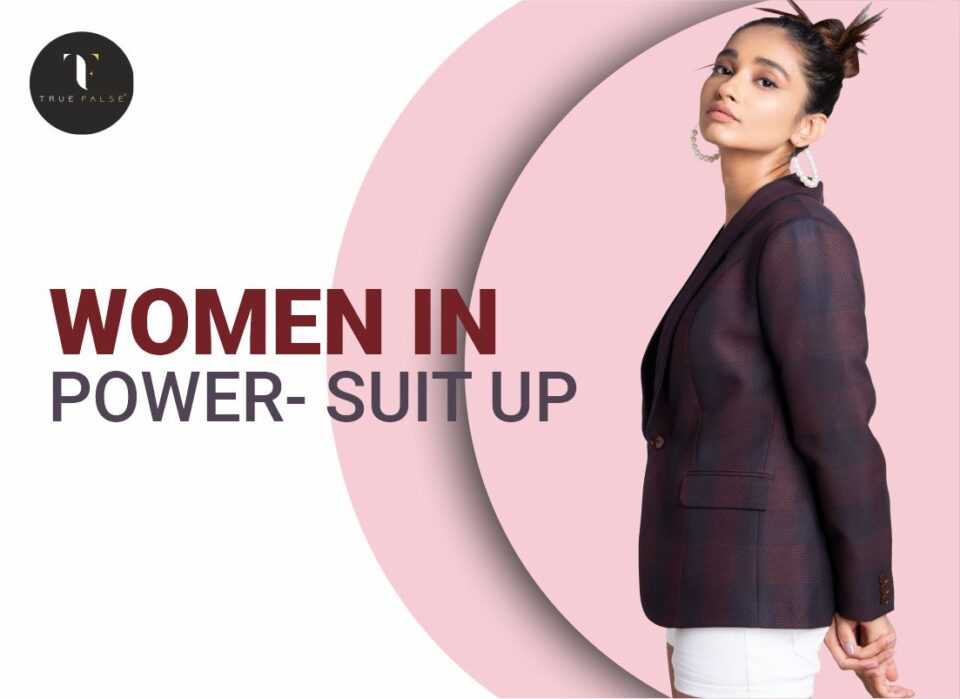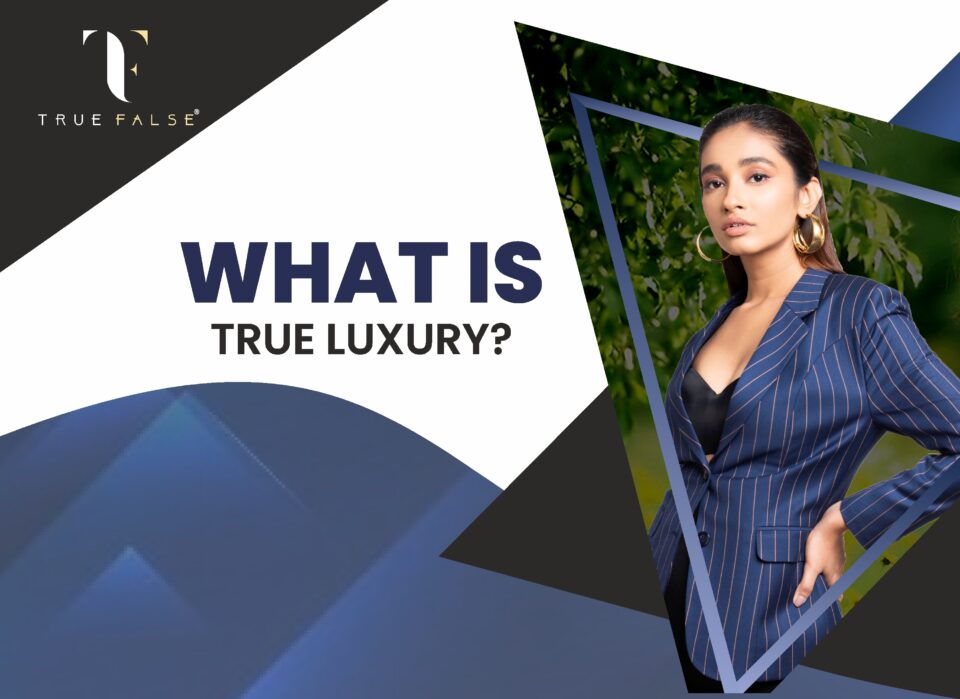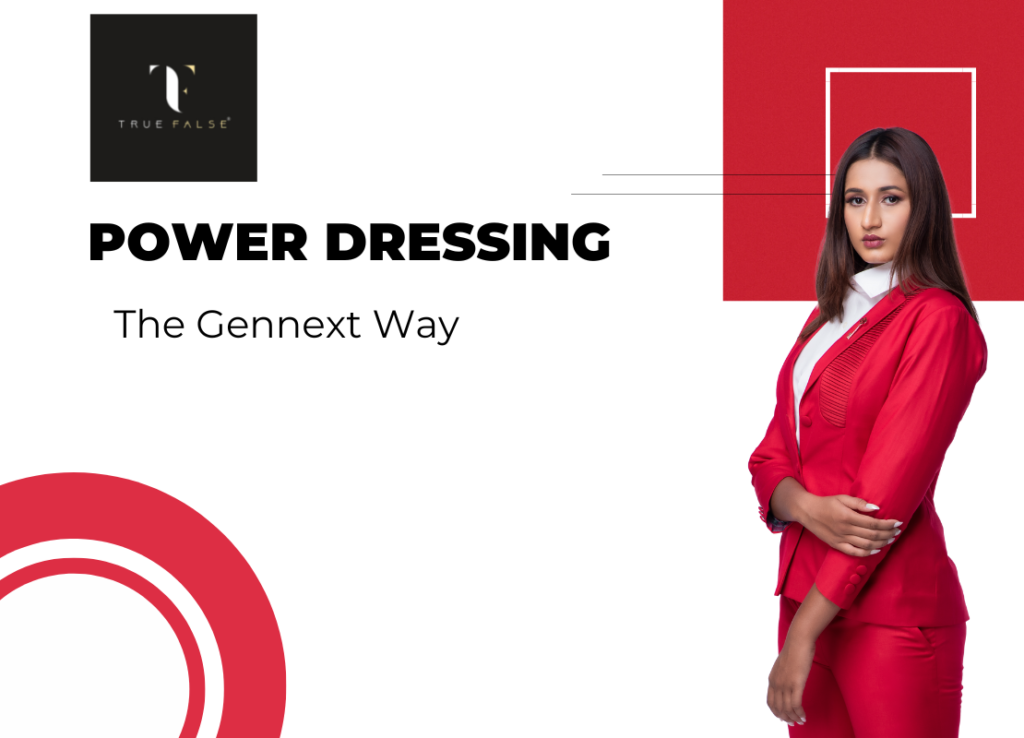In the ancient history of fashion evolution, there is no evident mention of women wearing the suit pants as much as men wearing a trouser and a suit. A woman wearing a suit was often considered cross-gender dressing and wasn’t encouraged.
For ages, there is a noticeable evolution in women’s clothing. From wearing draped outfits to modern-day outfits which are still evolving with each passing day.
From Hollywood’s Marlene Dietrich, Katharine Hepburn and Greta Garbo to today’s female politicians, the trouser or pantsuit has built a strong, often political reputation from the 1930s to now.
There was no evidence of women wearing suit until 1870 when an actress Sarah Bernhardt started wearing her boy’s suit out in public. She captured lots of attention and also received criticism for her bold step. Still, it did not stop her from wearing the suits out in public. Women in the suit were considered an offence back in her time. She further challenged the gender norms when she played a role in hamlet in 1899. She is considered a sartorial calling cord for modern women. Women’s sartorial liberation continued in the jazz era as women began to wear trousers for leisure activities. Until that time, women wearing pants was considered cross-dressing and often criminalized.
Soon after that, by 1910 the suffragette movement took place and the demand for a woman to be bolder and active arose. The women of the era were bound to be physically more active and required less restrictive clothing. During that era entered the suffragette suit. The suffragette suit was a strong alternative to the hobble skirts of that time.
Being the hallmark of progressive women and fashion Grande dame Coco Chanel, the suffragette suit gains its popularity. Being one of the most well-known designers to make women’s clothes, Chanel gained fame during the first world war by replacing the corset with a truly female suit in a modern sense.
In 1925, Chanel showcased the idea for the suit at a small show in her salon on rue de Cambon in Paris. Chanel clubbed the traditional idea of masculinity and femininity by taking inspiration from sportswear and men’s wear mainly worn by her lover. She reportedly wore his clothes as she believed them to be way more comfortable than regular women’s wear.
Chanel had the vision to find a way to free women from restrictive clothing popular during the belle epoch. Christian Dior introduced a new look which was an opposite idea from Chanel and hence Chanel stated that Dior doesn’t dress women he upholsters them.
While looking for the fabrics Chanel discovered the true diversity of the tweed fabric. She had a passion for feminizing tweed by incorporating new colours, materials and textures to the underutilized fabric. The signature style the slim skirt and collarless jacket were then known as Chanel’s uniform.
In 1933 Eleanor Roosevelt made a statement by wearing a trouser at an official function. Although the clothing choice was accidental, she embraced it and boldly posed in the so-called controversial outfit.
While Chanel’s classic suit was a significant style for the early 20th century, which was identified as the first wave feminist period, the Algerian born Yves Saint Laurent stepped into the scene during 1966 with a very bold creation called Le Smoking tuxedo. the jacket aligned itself with the idea of sexual liberation for the second wave feminist movement that arose during the ’60s.
Marlene Dietrich with her films morocco, blonde Venus and seven sinners effectively turned international perceptions and women wear in general by wearing her iconic tuxedos and white double-breasted suits into infamy.
In 1939 vogue published its first spread featuring a woman in trousers. the female suit gained extreme popularity after the second world war. During the ’60s Andre Courreges reintroduced the suits into elegant day and evening wear.
Speaking specifically about women clothing in India, since the 15th century, Indian women wore different styles of outfits. During the Victorian era, some women did not wear blouses under the saree and mostly were bare-breasted, which did not suit Victorian society and hence the blouses increasingly became the norm. The terms like blouse and petticoat were introduced in Indian culture during this era. Shirts were also introduced during this era and were worn under the saree as a part of high fashion. As a part of this evolution, Indian women now are much freer to do whatever they want and however, they want to dress.
Over the course of time, women’s fashion has highly evolved. Stating that, the women in the modern Indian corporate world has replaced salwar suits and saree with formal co ords, blazers and suit pants which are comfortable and easy to manage while working. This initially raised a controversy indicating negative feminism, but later became much more common for a woman to wear a suit and trousers at the workplace.
In 2018 the gold coast commonwealth games stated that the Indian female athletes would be wearing blazers and trousers. This change of ceremonial dress is more practical and comfortable for female athletes as it allows free movement of the legs while walking.







